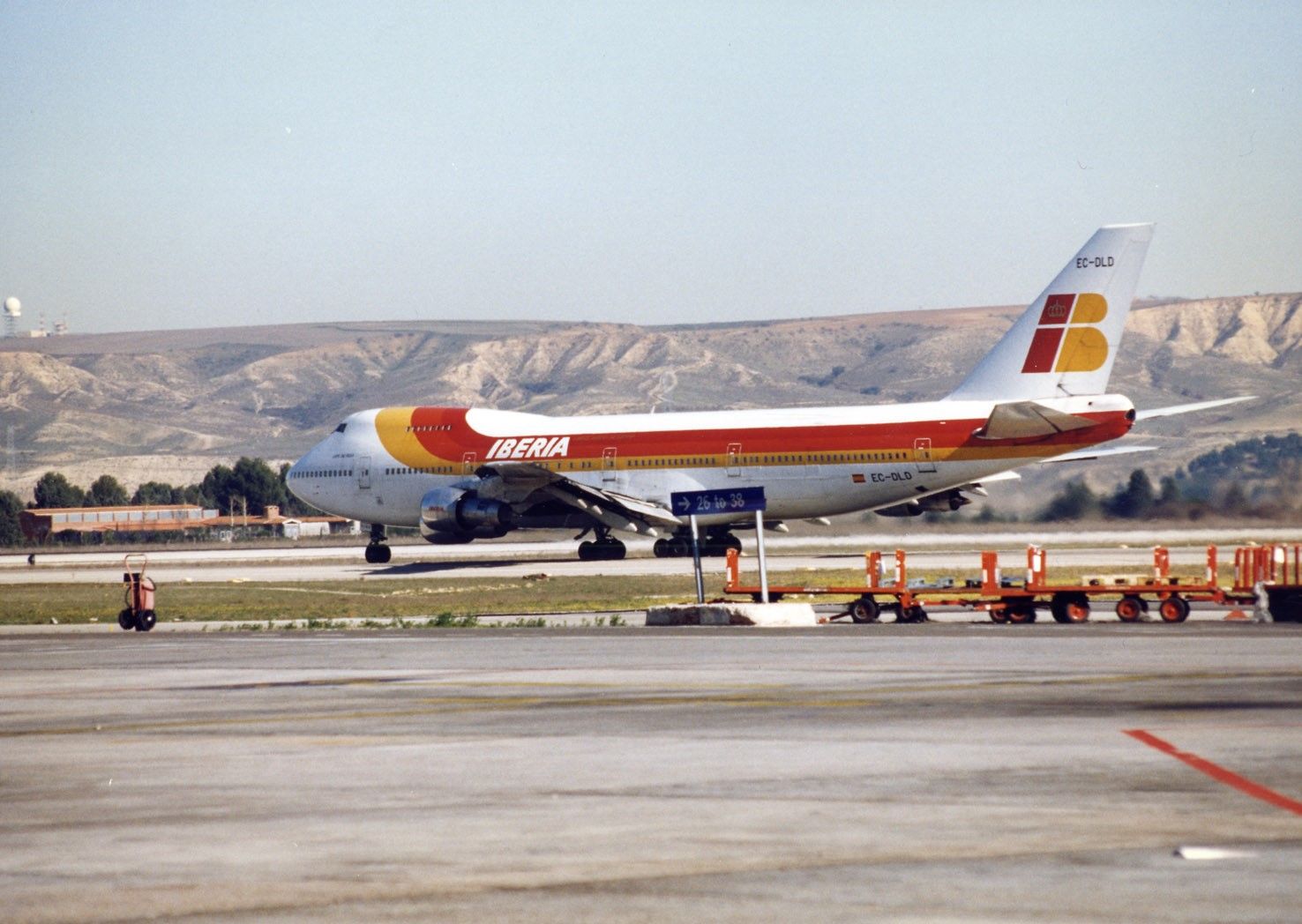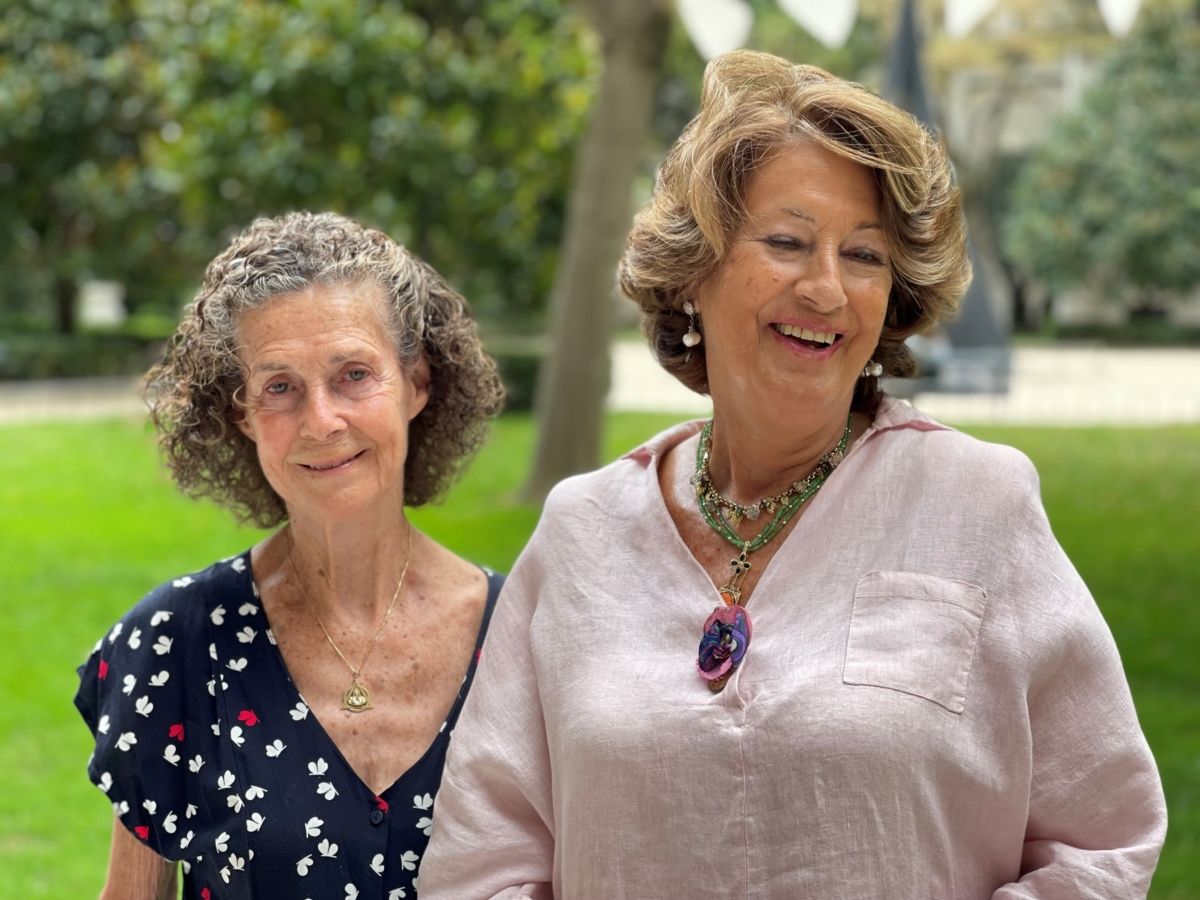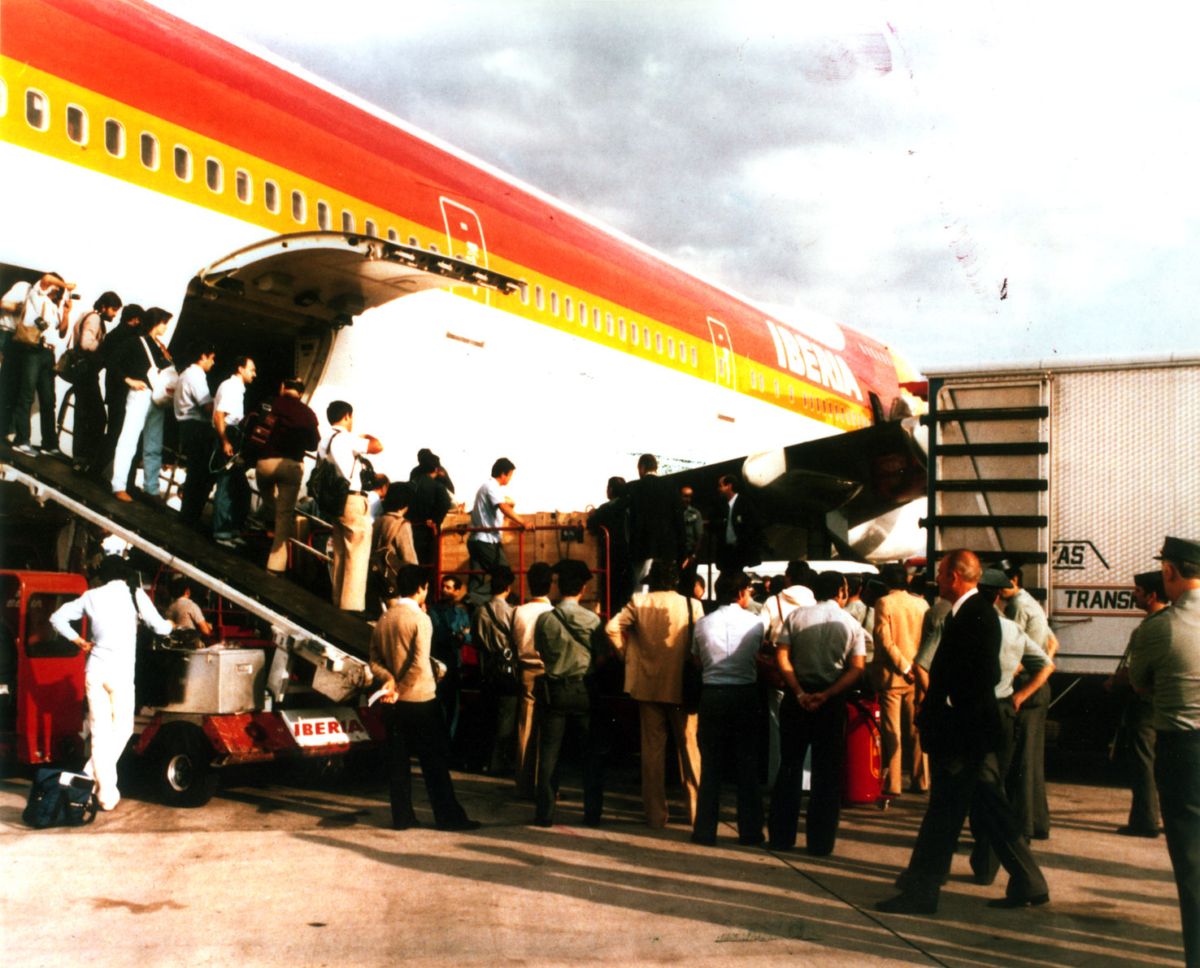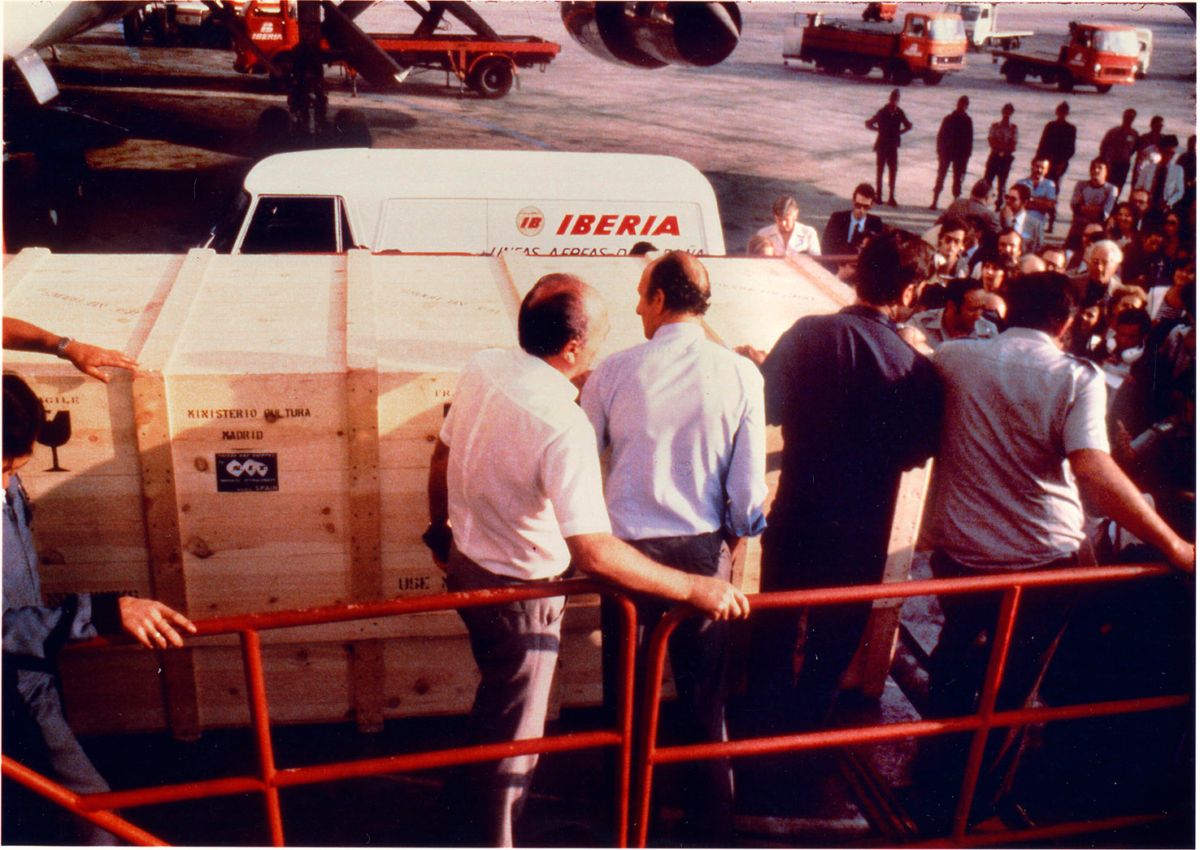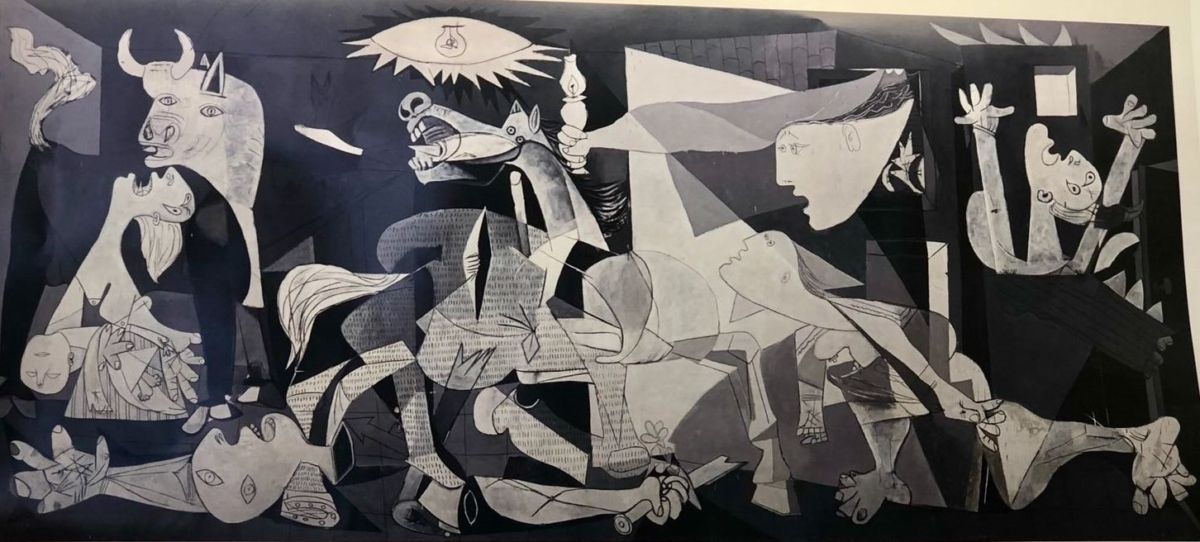Forty years ago this week, the last Republican hold-out from the Spanish Civil War returned to Spain. When Iberia flight number IB-952 took off from New York John F. Kennedy International Airport (JFK), only a select few of the 319 passengers, along with the captain, knew about the precious cargo in the belly of the plane.
According to Iberia flight attendant Isabel Almazán, the flight across the Atlantic Ocean was uneventful and as routine as dozens of previous flights she had worked on. However, when the plane touched down at Madrid-Barajas Adolfo Suárez Airport (MAD), Captain Juan López Durán made a special announcement. In an Iberia statement one of Isabel Almazán's colleagues, Beatriz Ganuza, recalls the captain saying:
"Ladies and gentlemen, I inform you that today you have been traveling with a very special companion: Guernica, which has returned to Spain today and was also on the plane."
Also aboard the flight were the people who were ultimately responsible for bringing the painting home: Culture Minister Íñigo Cavero, Fine Arts historian Javier Tusell, and the deputy director of Visual Arts, Álvaro Martínez-Novillo.
To safely transport the painting, it was rolled up and placed in a giant metal cylinder before being sealed in a wooden crate for the trip from New York to Madrid.
Picasso's most famous painting was back in Spain
According to the two former flight attendants, everyone onboard the aircraft broke into spontaneous applause. The date was September 10, 1981, and it was six years after Spanish dictator Francisco Franco had died. Finally, Pablo Picasso's most famous painting had returned to Spain. For 44 years, the symbolic painting had been on display in New York's Museum of Modern Art (MoMA), waiting until Spain had met Picasso's conditions for it being allowed to return home.
Now a democracy with a constitution, Spain had long since met Picasso's demand that the country was free for all Spaniards. It took so long to bring Guernica home because of a reluctance of the painter's family and foot-dragging by the MoMA.
As the plane neared the gate, Almazán recalls there being a huge commotion on the apron with Guardia Civil police officers and television crews surrounding high-ranking officials.
"That was when I became aware of the importance of what we were carrying," she explains. "For a joke, I said to a colleague, 'not even Ava Gardner would be received like this!'
Stay informed: Sign up for our daily and weekly aviation news digests.
Adolfo Suárez made Guernica a priority
The government of then Spanish Prime Minister Adolfo Suárez made bringing Guernica home a priority for his government. He saw it as another step in Spain's transition to democracy after decades of Franco's dictatorship.
The aircraft transporting the painting was a Boeing 747 named "Lope de Vega," which entered service with Iberia in March of 1981 and flew with the airline until October 2003. When decommissioned, the cockpit, front landing gear, and the fuselage down to the upper deck staircase went on display at The National Museum of Science and Technology (MUNCYT) in La Coruña.
How Guernica came about
Amid the Spanish Civil War on April 26, 1937, Franco asked for help from Hitler and Mussolini to overthrow the Spanish Republican government. The German's and Italian's responded by sending planes of the German Condor Legion and the Italian Aviazione Legionaria to bomb the Basque town of Guernica.
Following hours of bombs, shrapnel, and fire, the town was destroyed, leaving hundreds of people dead. The outside world was in shock at how the bombing of civilians would soon become a new tactic used by Franco to demoralize the enemy.
The painting was commissioned by the Government of the Second Spanish Republic to centerpiece its pavilion at the 1937 Paris International Exhibition. The intention was to draw the public's attention to the atrocities happening during the Spanish Civil War.
When the exhibition ended in November, the massive 3.49 meters (11 ft 5 in) tall and 7.76 meters (25 ft 6 in) across the colossal grey, black, and white oil painting toured the world. The Republicans used the painting to bring worldwide attention to the Spanish Civil War and help raise funds for their cause.
Guernica is on display at the Reina Sofia Museum
On its return to Spain, Guernica was initially on display in an annex of the Prado Museum called the Casón del Buen Retiro. In 1992 it was decided to move Piccas's most famous work to the Reina Sofía Museum, where it remains on display to the public.
Have you visited the Reina Sofia Museum to see Guernica? If so, please tell us what you thought of the experience in the comments.

